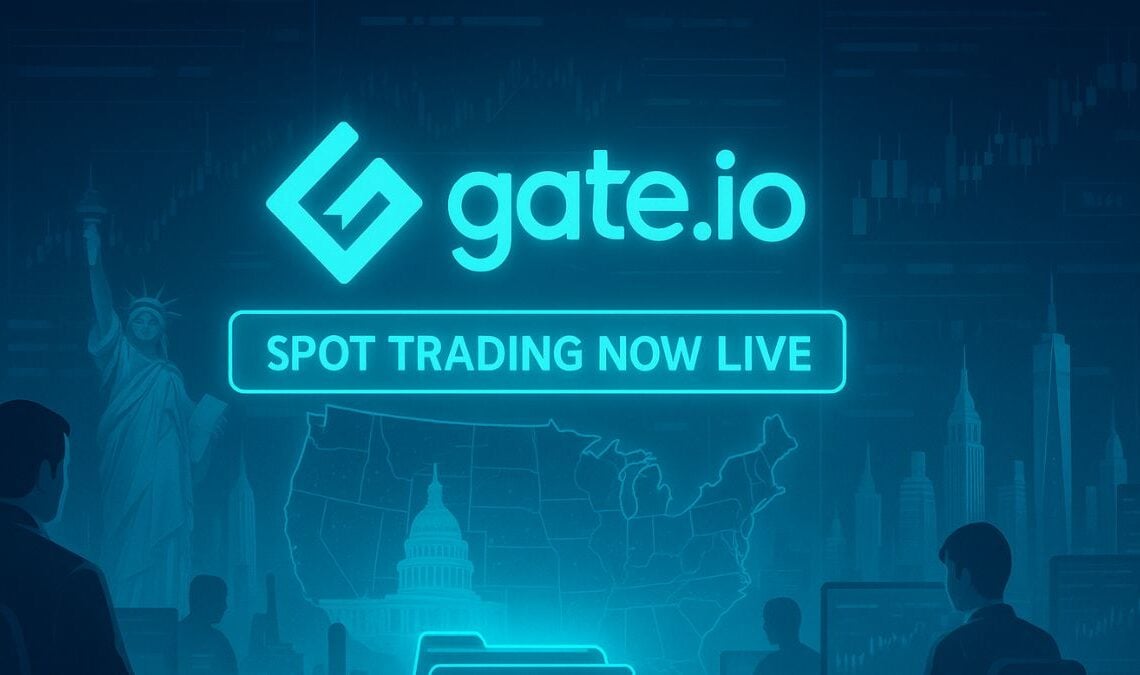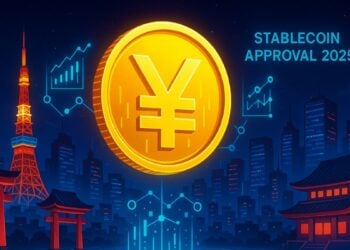Gate io has officially entered the US crypto landscape with the launch of its spot trading services for American users. The move signals a major step forward in the platform’s global expansion strategy and reflects the rising appetite for secure, regulated crypto exchanges in the United States.
The launch, announced earlier this week, follows increasing pressure for regulatory clarity and consumer protections in the digital asset space. With this development, gate.io becomes one of the few major global exchanges now offering compliant trading services within the US market.
Gate io and the Path to Regulatory Clarity
The United States remains one of the most sought-after yet complex markets for crypto firms. Regulatory ambiguity has driven many exchanges to delay or avoid entering the country altogether. However, gate io has taken a different approach—building a US-facing platform that aligns with state and federal laws while maintaining its global exchange infrastructure.
According to CoinMarketCap, gate io consistently ranks among the top 15 exchanges globally in terms of volume. The platform offers over 1,700 trading pairs and serves millions of users worldwide. The US expansion marks a significant milestone, especially given the increasing scrutiny faced by centralized exchanges in 2025.
A New Option for American Traders
American retail traders now have access to a wide array of crypto assets on gate io, with spot trading services already available in select states. The company has confirmed that further licensing efforts are underway to expand availability nationwide.
Crypto transactions across countries. Source: Chainalysis
What makes gate io particularly attractive to US users is its reputation for deep liquidity, advanced security features, and a robust trading engine capable of handling high-volume transactions. In a 2025 digital security report by Security.org, users rated gate io highly for exchange transparency and risk control—two features that have become increasingly important in the wake of high-profile collapses like FTX.
Addressing Growing Retail Demand
The timing of gate io’s US expansion is strategic. Recent studies show that over 17% of US adults are now active crypto investors, and that figure is expected to grow as regulatory frameworks mature. Meanwhile, institutions are also beginning to diversify their exposure to digital assets through regulated spot markets.
This move comes at a time when competitors like Coinbase, Kraken, and Bitstamp are solidifying their positions in the American crypto ecosystem. By entering the market with a fully operational spot trading platform, gate io is positioning itself as a viable alternative with global liquidity and enhanced asset variety.
Next Steps for Gate io in the US
Looking ahead, gate io plans to introduce additional services such as margin trading, staking, and potentially futures contracts—pending regulatory approval. The company has stated that its priority is building a “fully compliant, user-first trading environment” tailored specifically for US-based users.
A dedicated customer support hub and US-based infrastructure upgrades are also underway, indicating a long-term commitment to the American market. With user protection and compliance as central pillars, gate io is hoping to gain the trust of cautious but curious crypto investors across the country.
Final Thoughts: What Gate io’s Entry Means for US Crypto
The official launch of spot trading by gate io in the United States reflects the broader trend of global exchanges adapting to meet local regulatory demands. As the crypto market matures, accessibility and compliance are no longer optional—they are strategic advantages.
With its strong track record and global reputation, gate io is well-positioned to become a major player in the American exchange ecosystem. Its entry not only expands user choice but also raises the bar for security, compliance, and service quality in the sector.As more US traders seek reliable platforms with extensive asset support, gate io could become a key gateway to the broader digital asset economy.

















